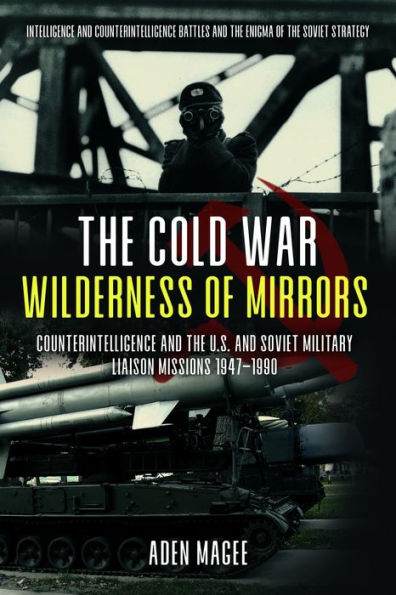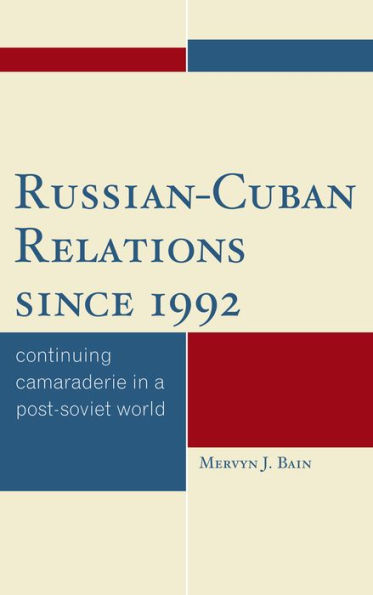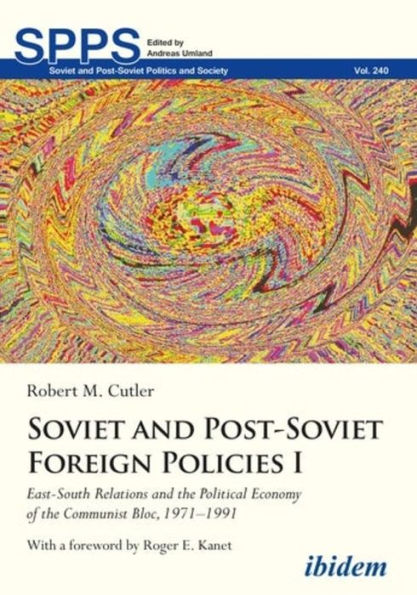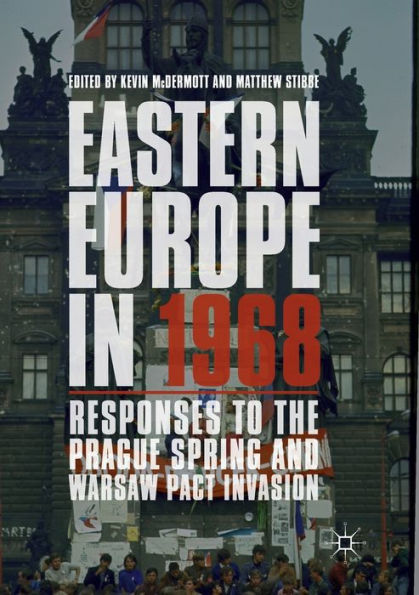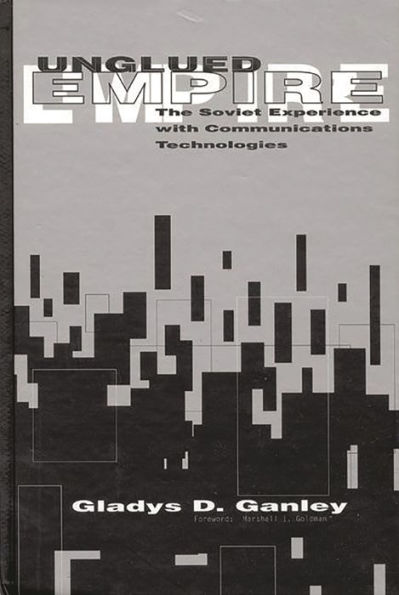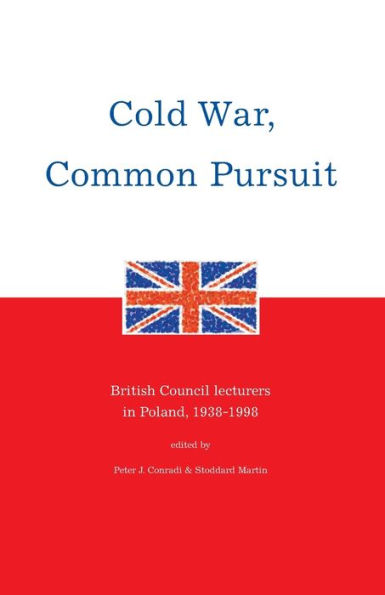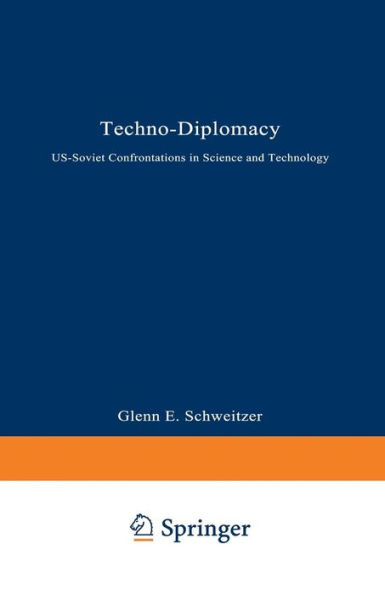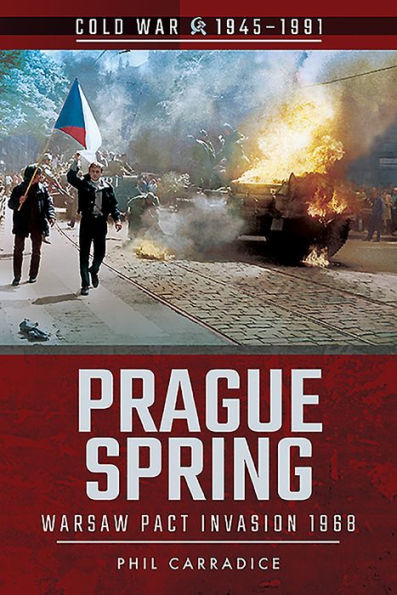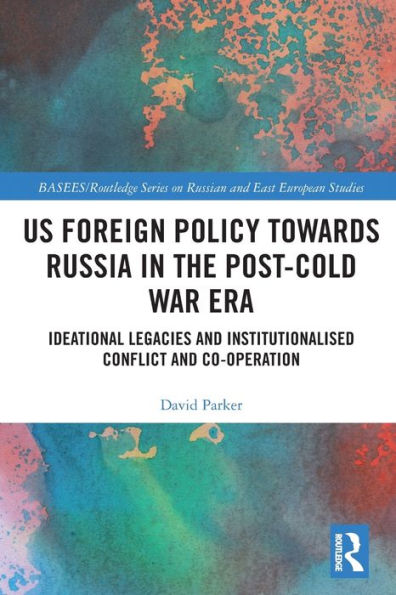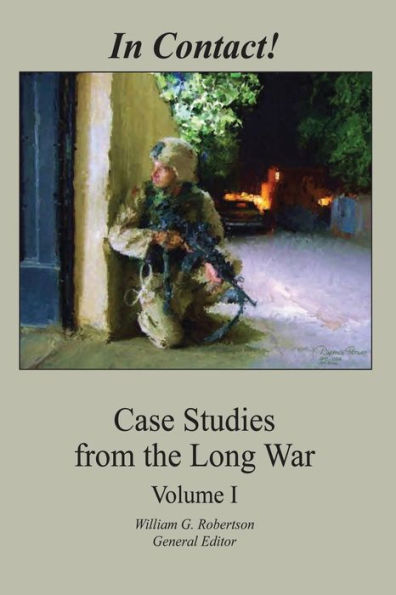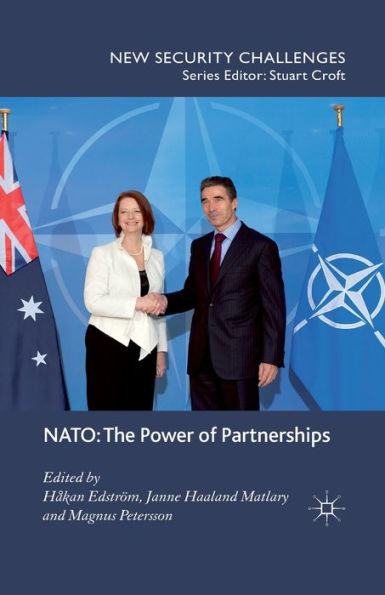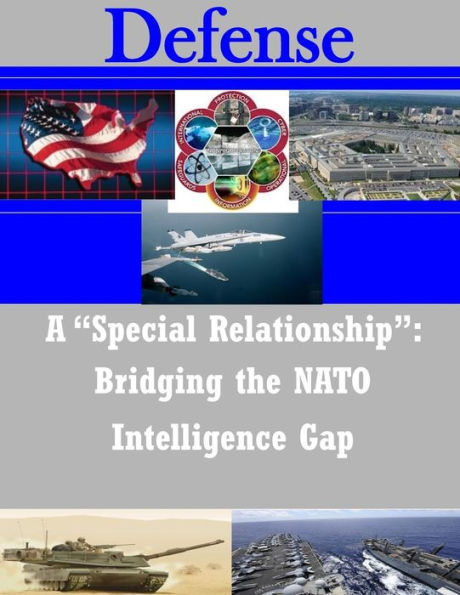Home
Joint Contact Team Program: Contacts with Former Soviet Republics and Warsaw Pact Nations 1992-1994


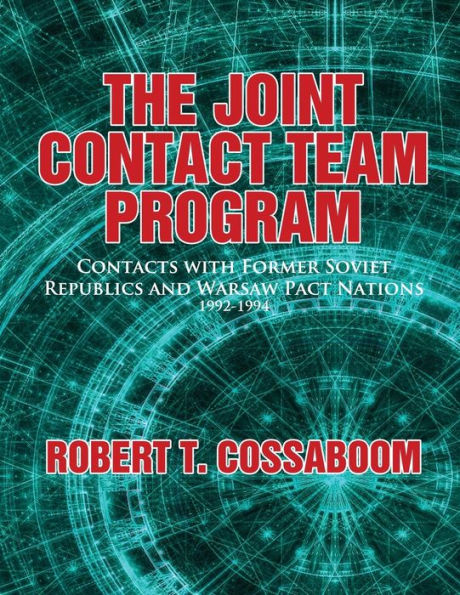
Joint Contact Team Program: Contacts with Former Soviet Republics and Warsaw Pact Nations 1992-1994
Current price: $13.89
Loading Inventory...
Size: OS
The end of the Cold War and the collapse of communist dictatorships across Central and Eastern Europe provided a unique opportunity for the spread of democracy. As the world's premier democracy, the United States had a leading role in assisting the newly freed states, giving the military a new mission in Europe in the form of the Joint Contact Team Program (JCTP). Providing assistance to fledging democracies was not a new experience for the military, but this time the countries participating in the contact program were all recent enemies. Most were former members of the Warsaw Pact. Some, in fact, had been constituent republics of the Soviet Union. Events offered by the contact program went beyond military specialties because US planners were concerned that the military establishment in the new democracies would engage in activities disruptive to the civilian government. For this reason, the program was designed to provide information on a broad range of subjects that were expected to highlight the tole of the military in a democracy. The United States European Command (USEUCOM), as the theater command, faced some challenges in implementing the JCTP since finding personnel who were language-qualified was initially difficult and was resolved only by drawing on the National Guard and Reserve. Use of Reserve component members had the added advantage of offering the host nations a firsthand demonstration of the capabilities of citizen-soldiers. All the while working with the host nations, contact team members had to exercise caution not to appear as replacements for the recently departed Russian advisors. From the development and execution stage of the program, a number of the strengths and weaknesses of US military planning was brought to light. Among the obstacles was a reluctance on the part of the military to accept "non-standard" missions, to fund a new program out of the budget cycle, and to find language-trained personnel. On the positive side, the program highlighted the viability of the "total force" concept, the ability to improvise, and the enthusiasm of the new democracies to establish working relationships with the US military.
